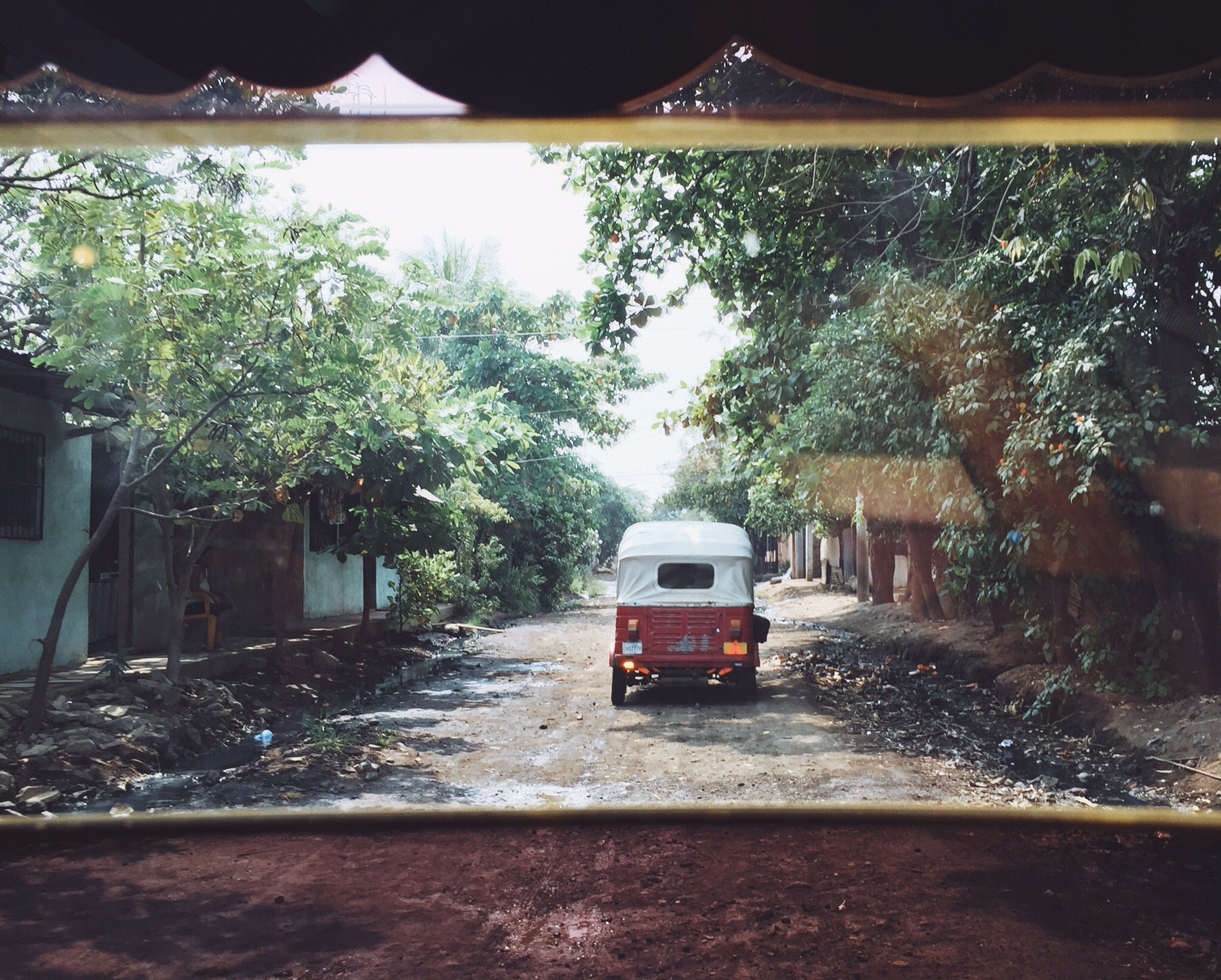
How I Picture Change
I never intended to start a non-profit. I graduated with a degree in photojournalism and had my sights set on instability and adventure in the field of humanitarian photography. Running an organization and becoming a teacher wasn’t on the radar. However, in 2005 during my sophomore year of college, my trajectory shifted while assisting with leadership courses in high schools around southern Africa. It was a radical wake up call for me, revealing that I was not the hero and could not “help Africa” (as my original life plan stated), yet I could use what few gifts I had to create change. I was full to the brim with stories of injustice and hope, and I soon realized my photography had a greater impact in conveying these stories than my words alone.
After college, while working in the waitressing/wedding photography field to pay rent, a friend asked me to create an arts camp with his inner-city nonprofit just outside of Pittsburgh. I was unqualified, overwhelmed, and optimistic, so I said ‘yes’.
Those two months in Aliquippa, Pennsylvania were some of the most difficult and transformative I’ve ever had, and that’s when I realized, “This is it. This is who I want to be and what I want to do. I want to use photography to help others realize their potential.”
In 2011, after a short humanitarian photography project in Padre Ramos, Nicaragua evolved into five donated cameras, seventeen students, and living in the village for nearly three months, Picture Change was born.
Our purpose is to empower individuals to create change in their communities through photography and we have worked with over fifty students in Nicaragua, India, Montenegro, and refugees in Nashville, Tennessee.
It works like this: We put out a call online for donated cameras and gear, partner with a locally established organization, teach basic photography skills and move into documentary storytelling, presenting the questions:
Why is photography important? Why is telling these stories important? Why is your story important?
Then, we involve the community by hosting a “giving back” day, utilizing the students’ new skills and hosting a public gallery show of their work.
In this tangible way, the students can take ownership of their own stories, see old problems from a new perspective, and realize that they have a unique role to play in both documenting the history and shaping the future of their community. Once our workshops are completed, we train a local leader to manage the gear we entrust to the partner organization so the students can continue building on what they’ve learned. Some of my students have gone on to create their own photography businesses, lead locally supported fundraisers, and communicate their story with the rest of the world via social media.
Running a non-profit is not easy. I get frustrated, complain to my mom, cry sometimes, yet when I reflect back on all the students I’ve had the privilege to work with and have seen the incredible changes that have occurred in their lives, I keep going.
Witnessing marginalized people (those I would normally be photographing for charity organizations) take that spark of hope and ignite their own abilities to do something about their situation has kept me going for the past six years. To see a meek young man in a fishing village grow into an empowered force for change in his community is awe-inspiring; or witness a woman who was sexually enslaved use her photography to bring joy to mentally handicapped children is heartbreaking in the best way: It’s healing.
People often ask for advice on starting a non-profit. It’s a daunting task, to be at the beginning of something with no clear shape or conclusion. Through all of the endless emailing, fundraisers, foreign airports, and living life with my students, the greatest lesson I’ve learned is this:
Be ready to fight for what you love and give it away when the time comes.
To learn more about Kate’s humanitarian work using photography and storytelling to empower communities visit Picture-Change.org

















